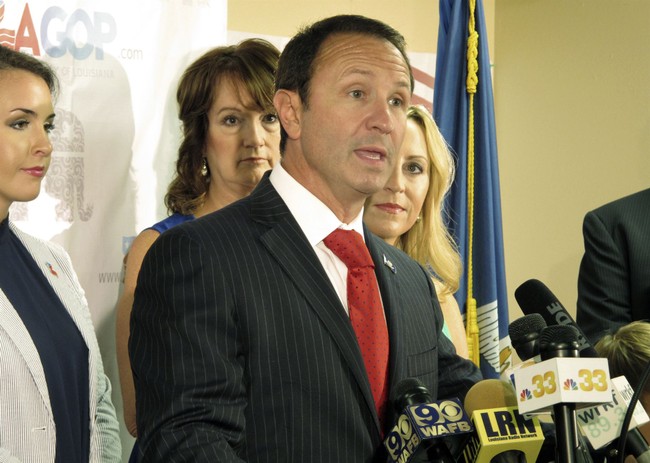
Louisiana Governor Jeff Landry declared a state of emergency for his state on Monday as forecasters warned of a potential Category 2 hurricane making landfall later in the week.
Currently, Tropical Storm Francine is off the coast of Mexico, headed generally northeast and aiming right at the center of the Bayou State’s coastal parishes, which have in recent years avoided too much impact from tropical systems. But an overheating Gulf of Mexico and favorable weather systems are allowing Francine to quickly organize and move across the Gulf, allowing it to pick up speed and power.
Landry issued the State of Emergency declaration when it became apparently that Louisiana was facing a potentially devastating storm.
This State of Emergency will allow parishes statewide to have the resources to help protect the life, safety, and welfare of the citizens of Louisiana. Throughout this process, we will remain in constant contact with local officals and first responders and will assist them in… pic.twitter.com/FENJFNKg4W
— Governor Jeff Landry (@LAGovJeffLandry) September 9, 2024
Here is the National Hurricane Center’s Monday afternoon update, which forced the closure of several school systems in south Louisiana.
At 400 PM CDT (2100 UTC), the center of Tropical Storm Francine was located near latitude 24.0 North, longitude 96.0 West. Francine is moving toward the north-northwest near 7 mph (11 km/h). A continued north-northwest motion is expected through this evening followed by a turn to the northeast with some acceleration beginning Tuesday. On the forecast track, Francine is anticipated to be just offshore of the coasts of northeastern Mexico and southern Texas through Tuesday, and nearing the Louisiana and Upper Texas coastline on Wednesday.
Maximum sustained winds have increased to near 65 mph (100 km/h) with higher gusts. Significant strengthening is forecast over the next couple of days, and Francine is expected to become a hurricane tonight or Tuesday morning.
Francine is expected to make landfall as a Category 2 storm on Wednesday afternoon. It will hit somewhere just below the south-central part of the state, known as the Acadiana region.

